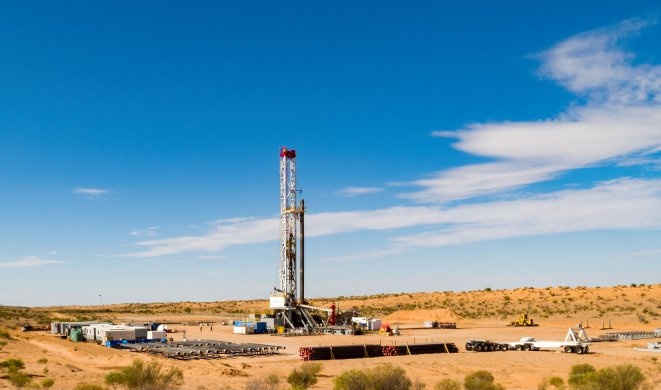
The Paris-based International Energy Agency (IEA) said natural gas is set to overtake coal as the second-largest fuel in the global energy mix by 2030.
In its World Energy Outlook 2018, IEA said the industrial consumers will make the largest contribution to a 45 percent increase in worldwide gas use.
Trade in LNG is set to more than doubles in response to rising demand from developing economies, led by China.
Russia will remain the world’s largest gas exporter as it opens new routes to Asian markets, but an increasingly integrated European energy market will give buyers more gas-supply options, IEA said.
Higher shares of wind and solar PV in power systems are expected to push down the utilization of gas-fired capacity in Europe, and retrofits of existing buildings are expected to help bring down gas consumption for heating.
However, gas infrastructure will continue to play a vital role, especially in winter, in providing heat and ensuring uninterrupted electricity supply.
Oil and gas environmental footprint
IEA noted in its World Energy Outlook 2018 that natural gas and oil continue to meet a major share of global energy demand in 2040.
“Our first comprehensive global estimate of the indirect emissions involved in producing, processing and transporting oil and gas to consumers suggests that,
overall, they account for around 15 percent of energy sector greenhouse gas emissions (including CO2 and methane),” IEA said.
There is a very broad range in emissions intensities between different sources: switching from the highest emissions oil to the lowest would reduce emissions by 25 percent and doing the same for gas would reduce emissions by 30 percent.

